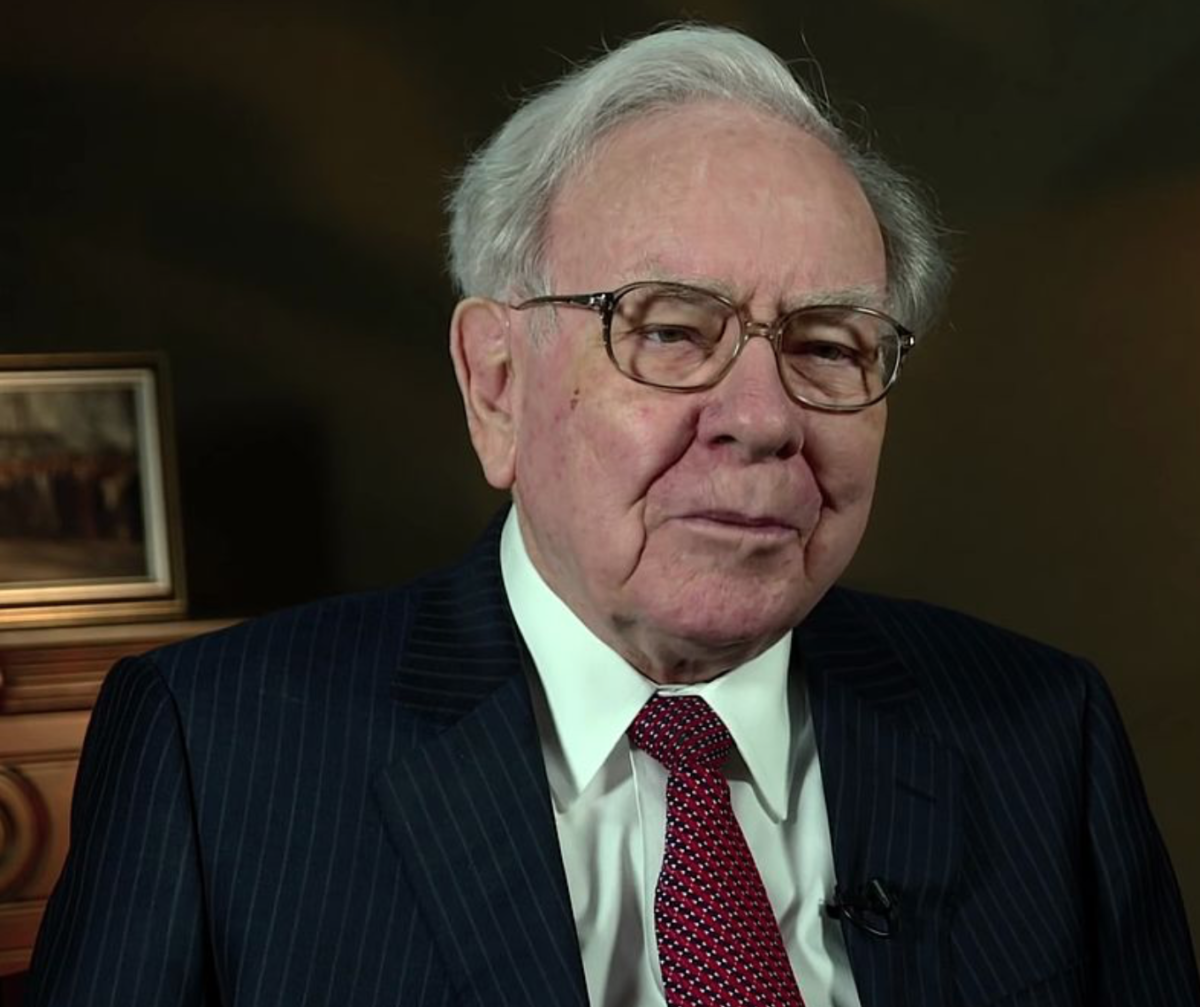The following is a short list of some of the many stocks going ex-dividend during the next month, which can be helpful for traders and investors interested in the stock trading technique known as “Buying Dividends” or “Dividend Capture.” This strategy involves purchasing stocks before the ex dividend date and selling them shortly after the ex-date at a similar price, while still being eligible to receive the dividend payment.
Although this technique generally proves effective in bull markets and flat or choppy markets, it is advisable to exercise caution and consider avoiding this strategy during bear markets. To qualify for the dividend, it is necessary to buy the stock before the ex-dividend date and refrain from selling it until on or after the ex-date.
However, it is important to note that the actual dividend may not be paid for several weeks, as the payment date can be delayed by up to two months after the ex-date.
For investors seeking a comprehensive list of stocks going ex-dividend in the near future, WallStreetNewsNetwork.com has compiled a downloadable list containing numerous dividend-paying companies. Here are a few examples showcasing the stock symbol, ex-dividend date, periodic dividend amount, and annual yield.
| Nike, Inc. (NKE) | 12/2/2024 | 0.40 | 2.07% |
| PepsiCo, Inc. (PEP) | 12/6/2024 | 1.355 | 3.35% |
| The Travelers Companies, Inc. (TRV) | 12/10/2024 | 1.05 | 1.60% |
| Thermo Fisher Scientific Inc (TMO) | 12/13/2024 | 0.39 | 0.30% |
| Phillips Edison & Company, Inc. (PECO) | 12/16/2024 | 0.1025 | 3.13% |
| Southwest Airlines Company (LUV) | 12/26/2024 | 0.18 | 2.25% |
| Xerox Holdings Corporation (XRX) | 12/31/2024 | 0.25 | 11.06% |
To access the entire list of over 100 ex-dividend stocks, subscribers will receive an email in the next couple days with the full list. If you are not already a subscriber, you can sign up using the provided signup box below. Don’t miss out on this valuable information, and the best part is that it’s free!
Dividend Definitions
To better understand the dividend-related terms, let’s define them:
Declaration date: This refers to the day when a company announces its intention to distribute a dividend in the future.
Ex-dividend date: On this day, if you purchase the stock, you would not be eligible to receive the upcoming dividend. It is also the first day on which a shareholder can sell their shares and still receive the dividend.
Record date: This marks the day when you must be recorded on the company’s books as a shareholder to qualify for the dividend. Typically, the ex-dividend date is set two business days prior to the record date.
Payment date: This is the day on which the dividend payment is actually made to the eligible shareholders. It’s important to note that the payment date can be as long as two months after the ex-date.
Before implementing the “Buying Dividends” technique, it is crucial to reconfirm the ex-dividend date with the respective company to ensure accuracy and avoid any unexpected changes.
In conclusion, being aware of the stocks going ex-dividend can be advantageous for traders and investors employing the “Buying Dividends” strategy. WallStreetNewsNetwork.com provides a convenient resource to access a comprehensive list of such stocks, allowing individuals to plan their investment decisions effectively. Remember to stay informed and consider market conditions before employing any investment strategy.
Disclosure: Author owns PEP.


